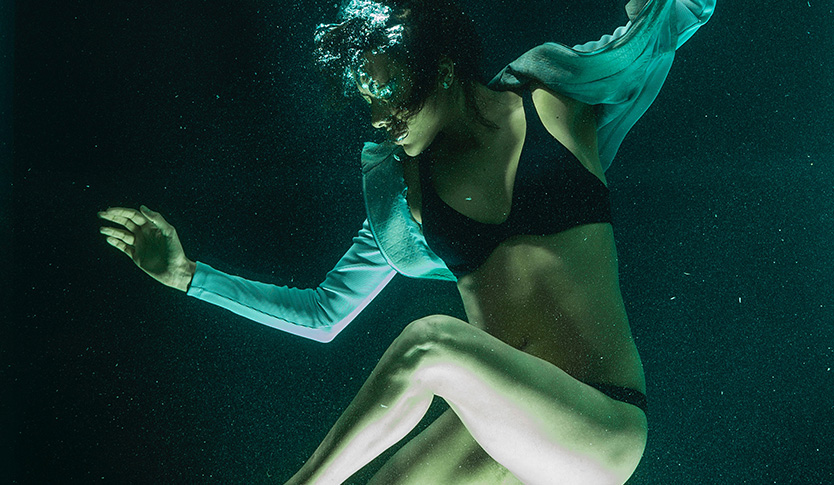Focal length is one of the key factors that can affect the composition of a photograph. In this article, we will explore the effects of focal length on composition and how it can be used to create visually compelling images.
We will also provide tips and tricks for working with different focal lengths, discuss the pros and cons of different focal lengths, and provide detailed examples to illustrate our points. Additionally, we will answer some frequently asked questions about focal length and its effects on composition.
How it Works
The focal length of a lens is a measurement of how much it magnifies the scene in front of it.
It is measured in millimeters and can range from very wide-angle (short focal length) to very telephoto (long focal length).
A wide-angle lens has a shorter focal length, typically less than 35mm, while a telephoto lens has a longer focal length, typically greater than 85mm.
The focal length of a lens also determines the Angle of View, which is the amount of the scene that is captured in the photograph.
- A wide-angle lens has a wider angle of view, allowing the photographer to capture more of the scene in the photograph
- A telephoto lens has a narrower angle of view, allowing the photographer to zoom in on a specific part of the scene.
The focal length also determines the Perspective of the photograph.
- A wide-angle lens will create a photograph with a relatively wide-angle perspective and will make foreground objects appear larger relative to background objects. This can be useful when the photographer wants to create a sense of depth or create the impression of being in the scene.
- A telephoto lens will create a photograph with a relatively narrow perspective and will make the foreground and background appear relatively compressed. This can be useful when the photographer wants to isolate a specific part of the scene and create a sense of intimacy.
Tips and Tricks
- Use a wide-angle lens to capture a large and grandiose landscape or to make an object appear larger in the frame
- Use a telephoto lens to capture a detailed and intimate portrait or to compress the elements in the frame
- When photographing people, be aware that a wide-angle lens can make people’s features appear distorted. Use a longer focal length lens to avoid this.
- When shooting architecture, be careful of using a wide-angle lens, because it can cause distortion in the straight lines of buildings.
- Zoom with your feet instead of using the zoom function on your lens. Changing your position will give you more control over the composition of the photograph.
Pros and Cons
Pros of using a wide-angle lens
- Allows you to capture more of the scene in the photograph
- Creates a sense of depth and makes foreground objects appear larger
- Can be used to create dynamic and interesting compositions
Cons of using a wide-angle lens
- Can cause distortion in straight lines and make people’s features appear distorted
- Can be difficult to use in tight spaces
Pros of using a telephoto lens
- Allows you to zoom in on specific parts of the scene
- Creates a sense of intimacy and compression of the elements in the photograph
- Can be used to isolate specific parts of the scene
Cons of using a telephoto lens
- Can be heavy and difficult to use in low light situations
- Can be expensive to purchase
Examples
Example 1: Landscape Photography
In landscape photography, a wide-angle lens can be used to capture the grandeur of a scene.
The wide-angle perspective makes the foreground appear larger, creating a sense of depth in the photograph. In this example, a wide-angle lens was used to capture the vastness of the Grand Canyon, with the foreground rocks and shrubs appearing larger and closer to the viewer, while the distant cliffs and sky were still visible in the background.
Example 2: Portrait Photography
In portrait photography, a telephoto lens can be used to capture the intimacy and detail of a person’s face.
The narrower perspective created by the telephoto lens compresses the foreground and background, making the subject stand out. In this example, a telephoto lens was used to capture a close-up of a person’s face, with the shallow depth of field blurring the background and making the subject stand out even more.
Example 3: Architecture Photography
In architecture photography, a wide-angle lens can be used to capture the grandeur and scale of a building, while a telephoto lens can be used to capture the details and design of a building.
However, as previously mentioned, a wide-angle lens can cause distortion in the straight lines of buildings.
To avoid this, a lens with a moderate focal length, around 35mm-50mm could be used to achieve a balance between wide-angle and telephoto.
Frequently Asked Questions
Can a wide-angle lens be used for portrait photography?
A: It can be used, but it can cause distortion in people’s features, making them appear wider or shorter than they actually are. It’s recommended to use a longer focal length lens for portraits to avoid distortion.
Can a telephoto lens be used for landscape photography?
It can be used, but it will not capture as much of the scene as a wide-angle lens would. It’s recommended to use a shorter focal length lens for landscapes to capture more of the scene.
Is it necessary to have multiple lenses with different focal lengths?
It depends on the type of photography you are doing and the specific shots you want to capture. For example, a landscape photographer may only need a wide-angle lens, while a portrait photographer may only need a telephoto lens.
However, having multiple lenses with different focal lengths can give you more flexibility and allow you to capture a wider range of shots.
Conclusion
In conclusion, focal length plays a critical role in composition, affecting the angle of view, perspective and perceived size of subjects in a photograph.
Understanding the effects of focal length on composition can help photographers make informed decisions about which lens to use for a particular shot.
As always, practice, experimentation and knowledge of the technical and creative aspects of photography will ultimately help to create the best image possible.



